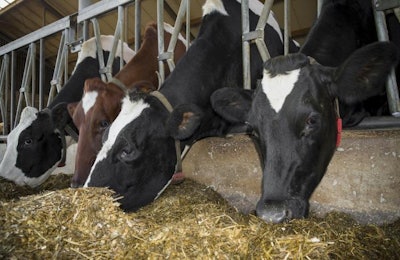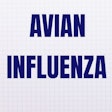
Corn, soy and finished feed saw a rise in mycotoxin contamination levels in the first quarter of 2017, with deoxynivalenol (DON) the most prevalent mycotoxin, according to Biomin’s Mycotoxin Survey. Mycotoxin contamination levels have risen in Europe and throughout the western hemisphere, with elevated risk levels also in Asia.
After DON, fumonisins (FUM) are the second most prevalent mycotoxin worldwide, the survey found, with DON detected in 80 percent of samples and FUM in 71 percent. The survey also found that 76 percent of feed and raw commodity samples contained two or more mycotoxins.
“The main fusarium mycotoxins are frequently related to subclinical symptoms which are not very obvious on the surface but usually have a greater economic impact for the industry,” Dr. Timothy Jenkins, mycotoxin risk management product manager at Biomin, said in a press release. “The presence of several mycotoxins at low levels can silently impair productivity with poorer feed efficiency and low growth rates.”
“Multiple mycotoxin contamination of feed presents additional problems, as certain combinations of mycotoxins are known to have synergistic effects that aggravate the negative consequences for animals,” the press release said.
Effects of mycotoxin contamination
Symptoms of DON contamination in animals include reduced feed intake and feed refusal. According to Biomin, research has shown the combination of DON and FUM in animal feed severely impair vaccine response and gut health.
“Corn, or maize, constitutes a major proportion of animal feed and so trends in finished feed risk tends to match corn risk over time,” Jenkins said.
More than 14,000 analyses were conducted on 3,715 finished feed and raw commodity samples sourced from 54 countries from January to March 2017 as part of Biomin’s Mycotoxin Survey.

















